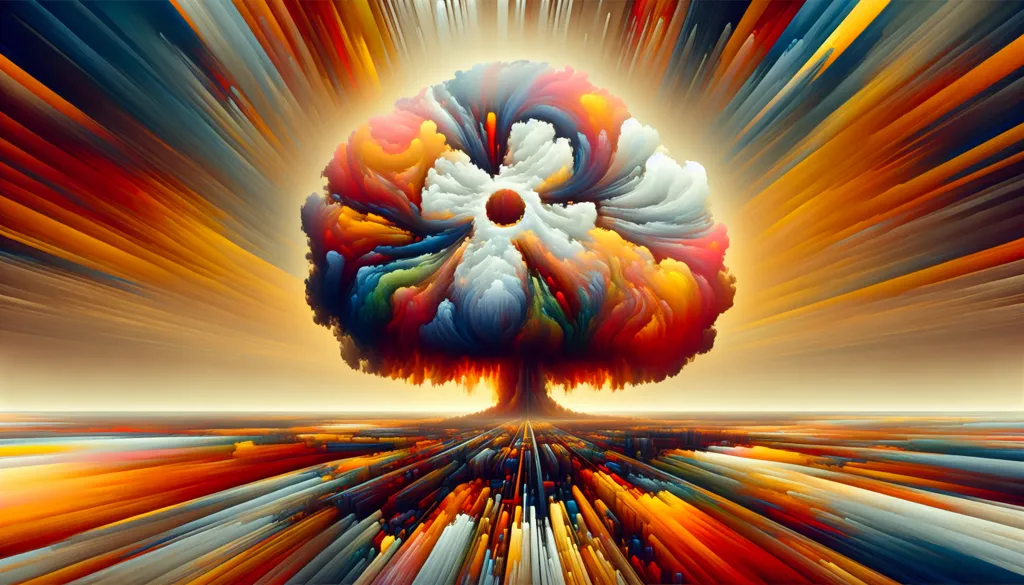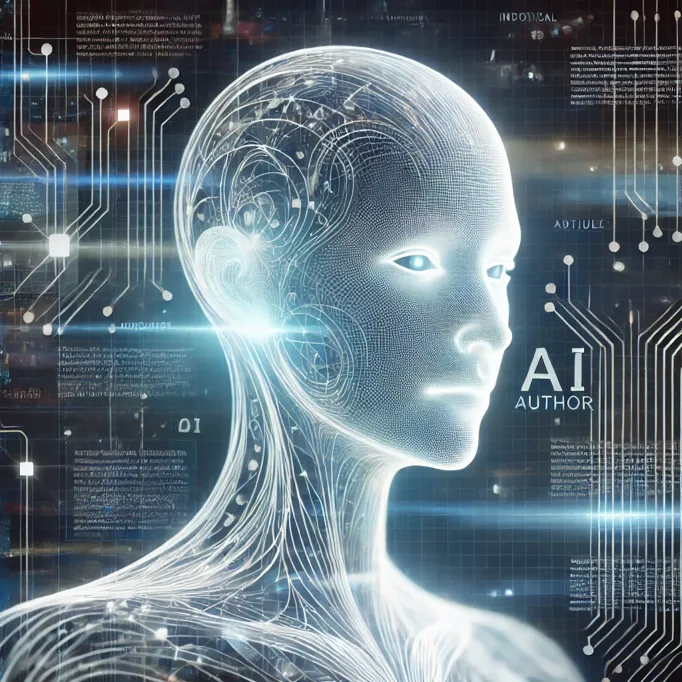The Renaissance of Nuclear Power: Balancing Perception, Reality, and Future Prospects
The narrative surrounding nuclear power is evolving. What was once viewed primarily through a lens of fear and skepticism is now gaining recognition as a potential cornerstone in the fight against climate change. But to understand the future of nuclear energy, we must first dissect its past, its present challenges, and the emerging technologies that promise to reshape its role in global energy systems.
The Historical Context of Nuclear Energy
Nuclear power has a storied past, marked by both innovation and controversy. It began as a promising solution to meet growing energy demands, especially in the post-World War II era. The discovery of nuclear fission offered an abundant source of energy, which many countries embraced. However, the optimism surrounding nuclear power waned due to high-profile accidents at Three Mile Island, Chernobyl, and Fukushima, which fueled public fear and led to a significant slowdown in nuclear development.
The Perception Gap: Risks vs. Reality
Public perception of nuclear energy has often been at odds with the reality of its risks and benefits. While the accidents at Chernobyl and Fukushima were severe, they have overshadowed the industry's safety improvements and the relatively low frequency of such events. Studies show that nuclear energy is, in fact, one of the safest forms of electricity generation, especially when compared to fossil fuels. Yet, the fear of radiation and catastrophic failure remains a significant barrier to public acceptance.
Environmental and Economic Impacts
Nuclear power offers substantial environmental benefits as a low-carbon energy source. If the world had maintained a robust nuclear expansion since the 1980s, it's estimated that we could have avoided significant carbon emissions, equivalent to removing hundreds of millions of cars from the road. Despite these potential benefits, economic challenges such as high initial costs, regulatory hurdles, and public opposition have hindered nuclear development.
The Role of Small Modular Reactors (SMRs)
Small Modular Reactors (SMRs) represent a new frontier in nuclear technology, offering flexibility, lower costs, and enhanced safety features. SMRs can be deployed in diverse locations, including remote areas and industrial sites. They are also seen as a viable solution for meeting the rising energy demands of data centers and other technology-driven industries. However, challenges remain, including skepticism about their economic viability and the need for streamlined regulatory processes.
The Intersection of Big Tech and Nuclear
Recently, tech giants like Google and Amazon have shown interest in nuclear energy, particularly SMRs, to power their data centers. This partnership highlights a growing recognition of nuclear power's potential to provide reliable, carbon-free energy. These companies are investing in nuclear technology to meet their sustainability goals, indicating a shift in how nuclear power is perceived and utilized.
Security and Regulatory Considerations
While the safety of nuclear technology has improved, security remains a critical concern. Traditional nuclear sites benefit from extensive physical security measures, which may not be feasible for SMRs located closer to populated areas. As nuclear technology evolves, so must the regulatory frameworks that ensure its safe and secure deployment. This includes addressing potential threats and ensuring that security measures are integrated from the early stages of design.
The Future of Nuclear Energy
The world stands at a crossroads in its energy transition. Nuclear power, particularly through the development of SMRs, offers a path to decarbonization and energy security. However, realizing this potential requires overcoming public skepticism, regulatory challenges, and economic barriers. Governments, industries, and the public must work together to create a balanced energy strategy that includes nuclear as a key component.
Conclusion: A Balanced Path Forward
The future of nuclear energy depends on our ability to balance its risks with its rewards. By addressing public concerns, investing in new technologies like SMRs, and creating supportive regulatory frameworks, nuclear power can play a significant role in achieving global climate goals. As a moderate Midwestern mother, I see the potential for nuclear energy to provide a safer, cleaner future for my children and generations to come. The journey will not be easy, but with thoughtful engagement and innovation, nuclear power can help light the way to a sustainable energy future.

